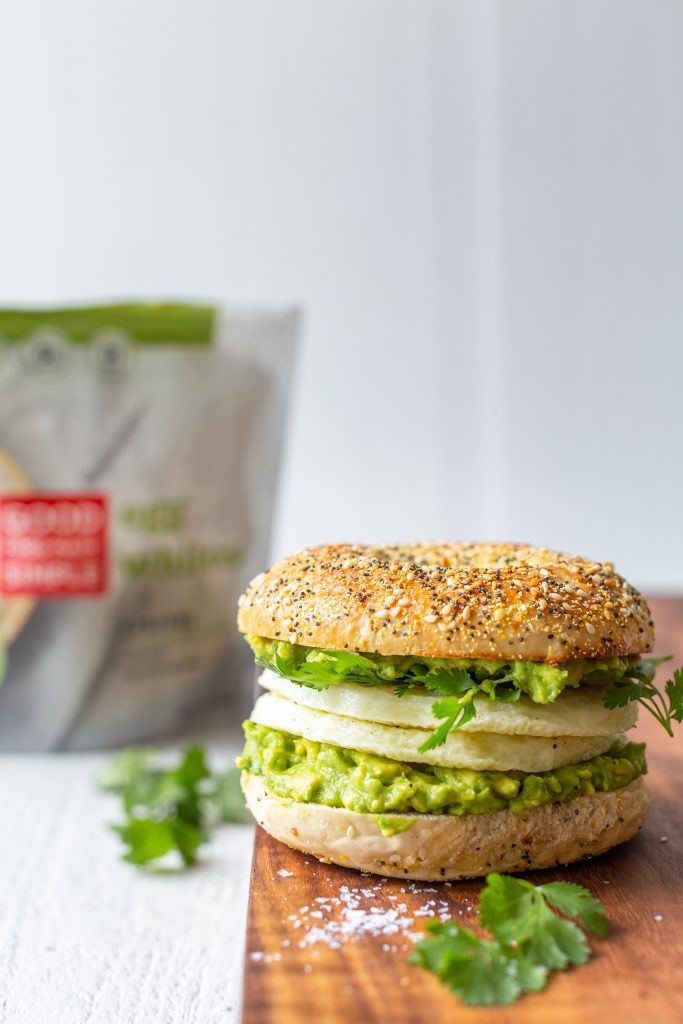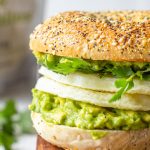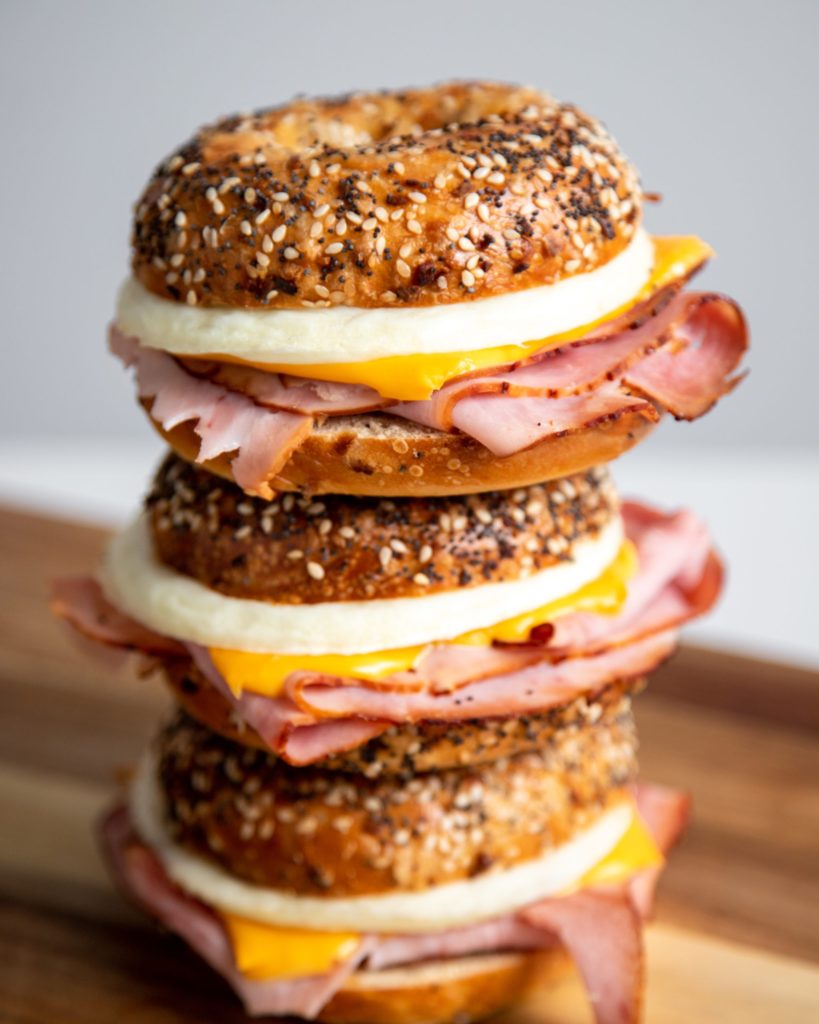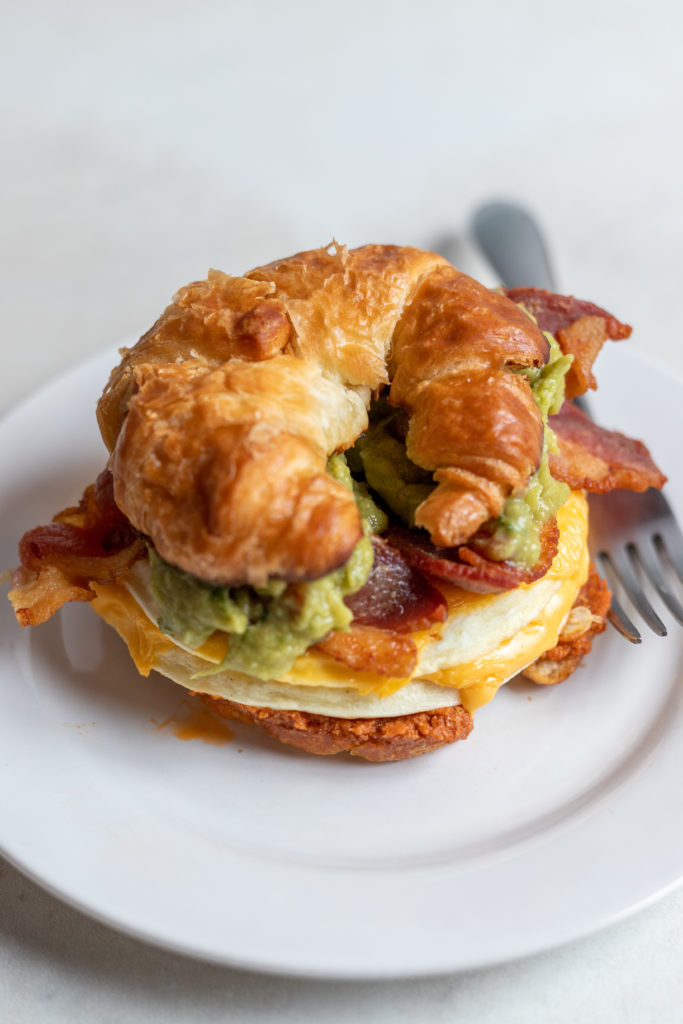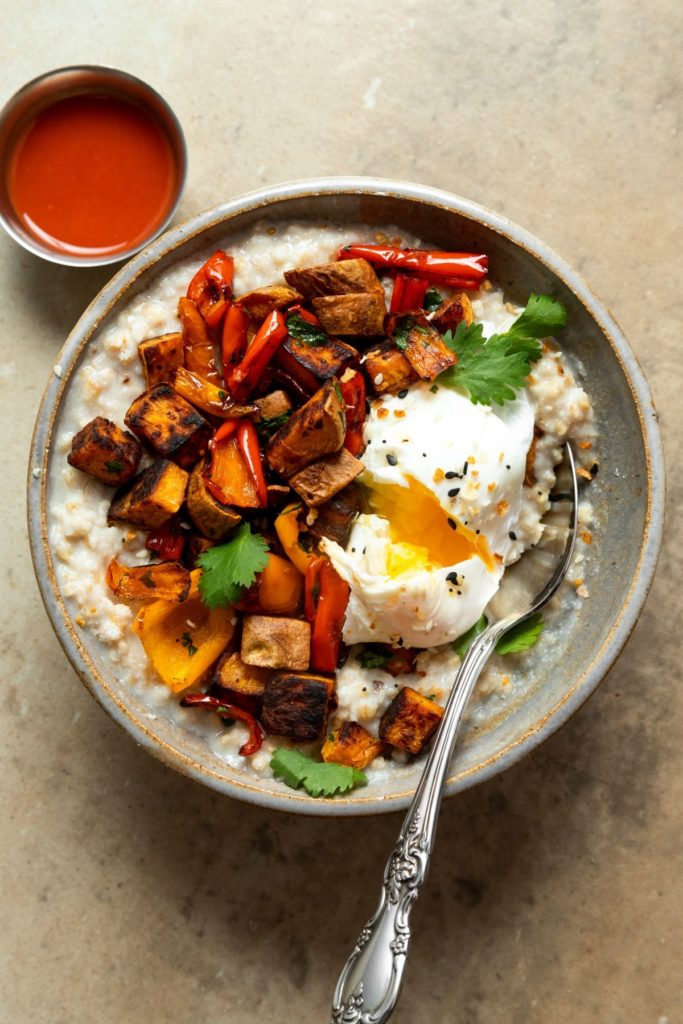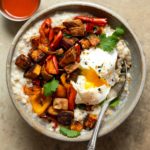15 Tips For Taking Fitness Outside
With summer in full swing, we should take advantage of the outdoors — and not just for BBQs and backyard parties. While your fitness regime might currently consist of indoor gyms, yoga studios, or your own living room floor, it’s never a bad idea to head outside to break up a sweat.
We’re not just talking a jog around the block, either. There are countless ways you can burn calories and boost your heart rate outdoors that will tackle different muscle groups and work your body in different ways. Plus, many of these outside options will be free.
We spend way too much time inside, too. According to the Environmental Protection Agency (EPA), the average American spends 93% of their life indoors. Not only does that sound stifling; spending too much time inside can lead to mental health issues and also make it harder to motivate ourselves to get outside and get moving.
Before we dive into tips and tricks to workout outside, it’s important to know a few of the cool health benefits of exercising outside. For instance:
You get lots of natural light exposure. Those LED lights in gyms just won’t cut it. Natural light is important for our health; research has found that natural light can help us be happier, healthier, and overall more productive. Natural light can also help combat SAD (Seasonal Affective Disorder) and a hefty dose of it will also expose us to more Vitamin D, a nutrient many of us are deficient in. Doctors suggest Vitamin D could protect us against things like osteoporosis, cancer, and depression. (Just make sure to use sunscreen!)
The air quality is a lot better. A little unknown fact is that indoor air pollution is often worse than outdoor pollution. So if you’re looking for something that is better for your lungs, go outside.
Being outside is simply more interesting. I don’t know about you, but I struggle to make it past 10 minutes on a treadmill as I stare at a bleak gym wall. Being outside in the sun with the beautiful outdoor landscape in view might motivate you through a tough workout. For whatever reason, an interval workout in the grass sounds way more doable than on an indoor track.
How to Use The Outdoors As Your Gym
Now, let’s dive into 15 tips for how to take your fitness regime out the door and into the beautiful world!
LOCATION, LOCATION, LOCATION:
Pick a reliable place. There are countless places to choose to do your workout. State parks, stadium stairs, local trails, and beaches are just a few options. Just make sure you do research beforehand and get some general, important information. Is this park open? Will the beach be overcrowded? Is there an entry fee? Are there any events happening that would close off part of the space? Make sure you do some quick due-diligence so you can walk, bike, or drive to your workout destination and not have to turn around.
Check the weather. This might seem obvious, but I’ve been known to drive 15 minutes to a beach, only to have it start pouring. Since you’re going outside, do a thorough read of the hour-by-hour forecast, and make sure there is no heavy rain or thunder in your near future. (However, a little rain never hurt anyone — just make sure to wear water-resistant exercise gear!)
Bring water and calories. Since you don’t have the luxury of water-fountains and vending machines, make sure you bring plenty of water with you and leave extra in your car. If you’re doing a particularly hard or long workout, bring a post-workout snack as well, whether that’s a piece of fruit, granola bar, or a sports gel.
Tell somewhere where you’re going. Always let someone know where you are headed, especially if you won’t be taking your phone with you. For example, if you’re planning on a one-hour trail run, tell someone where you’re going and when you expect to be back. It never hurts to be extra safe! Also, it’s best to workout when it’s light outside. (You’ll get more of that natural light!)
Check out local reviews. Maybe you go to the same park every week, or you’re at a loss for where you can exercise if you live in an urban setting. Whatever the case, use Google to your advantage! Check out reviews from other people to see what places might fare well for a workout. A quick Yelp review can help you know if a beach will be super crowded, if a local track will be open after the school day is over, or if a trail system near your house is no longer under construction.
Pick varied terrain. It’s important to ensure your fitness regime stays varied. So mix things up! Maybe try some circuit workouts on flat park grass one day, and then do a hill workout near a hilly suburb the next. If you have access to the ocean, try running on sand, too (your calves will feel that!). The trick is to make sure you don’t do the same type of outdoor workout every time you lace up your sneakers and head outside. So discover new outdoor places to play!
Check yo’self. If you’re heading to the woods and it’s tick season (hello, summer!) make sure to check yourself for any pesky bugs that might be stuck to your ankles, socks, or other articles of clothing. If you do find a tick, make sure to remove it right away (use tweezers and get the entire body, not just the head). If you’re concerned, make sure to seek medical attention right away.
WORKOUT OUTSIDE LIKE A PRO
Learn some bodyweight exercises. Bodyweight exercises are a great outdoor option because you literally need nothing besides a flat surface and some water to stay hydrated. These types of exercises include push-ups, mountain climbers, lunges, squats, curl-ups, burpees, and planks.
Download a good exercise app. If you want someone else to dictate your workout, there are luckily tons of great exercise apps you can download straight to your phone. (Some are even free!) They will also help keep you accountable and stick to the length of the workout, whether it’s 10 minutes or an hour long.
Get your HIIT on! HIIT, otherwise known as High-Intensity Interval Training, is a butt-busting workout that will whip you into shape, and can virtually be done anywhere. This is a type of workout that forces you to give a full, 100 percent effort in via fast and intense bursts of exercise, followed by short recovery. This will get your heart pumping and help burn more fat.
Find some steps. If you live near a local school or stadium, see if there are bleachers you can run up. This is a great simulated hill workout and will get your heart pumping and legs moving in no time.
Bring a friend. A little accountability goes a long way. Plus, it might be way easier to convince a friend to go for a run outside with you versus finding treadmills that are next to one another. Consider a weekly workout where you exercise with a friend every Wednesday evening, and follow it with a healthy bite to eat.
Leave your headphones at home. If you’re outside, you might as well experience it all! Avoid excess distractions like music and enjoy the natural sounds you’re surrounded in. Plus, it’s also the safe thing to do, especially if you’re running on trails or it’s getting dark out. Speaking of, if you’re doing your workout super early in the morning or after work, there’s a chance you’ll lose light. Always bring a headlamp with you for emergencies and in case you find yourself in the dark.
Bring some accessories. Just because you’re not in a gym doesn’t mean you can’t bring anything with you to elevate your workout. Consider taking a yoga mat, dumbbells, resistance bands, or medicine balls with you to exercise; we guarantee your backdrop will still be nicer than your basement walls.
Check for meetups! Do a little research to see if there is a Meetup, or any other organized exercise activity, happening near you. Oftentimes people will gather for local runs, outdoor yoga classes in the park, or other fun activities. Going with a group means you won’t have to plan the workout, either. You just have to show up!
With summer in full force, it’ll never hurt to get outside and get moving. Soak up the sun, rev up your heart rate, and reap the benefits of taking your fitness routine to the great outdoors.
